The Captivating Beauty of Dicentra Spectabilis
The Bleeding Heart plant, with its delicate, fern-like foliage and heart-shaped flowers, is a stunning addition to any garden or floral arrangement. The plant’s romantic connotations are undeniable, with its flowers resembling tiny, delicate hearts that dangle from arching stems. This charming plant has been a popular choice for gardens and floral arrangements for centuries, and its beauty continues to captivate gardeners and flower enthusiasts alike. The Bleeding Heart plant’s unique beauty and low maintenance requirements make it an ideal choice for those looking to add a touch of romance to their outdoor or indoor spaces. Whether used in borders, containers, or hanging baskets, Dicentra Spectabilis is sure to impress with its whimsical, romantic charm.
How to Grow and Care for Your Bleeding Heart Plant
To ensure optimal blooming and healthy growth, it’s essential to provide your Bleeding Heart plant (Dicentra Spectabilis) with the right conditions. When it comes to soil, Dicentra Spectabilis prefers well-draining, fertile soil with a pH between 6.0 and 7.0. In terms of sunlight, this plant thrives in partial shade to full sun, depending on the climate. Watering should be consistent, but not excessive, as the plant is susceptible to root rot. Regular pruning is also crucial to maintain the plant’s shape and encourage new growth.
Proper care is vital for the Bleeding Heart plant to bloom profusely. Fertilize your plant in the spring with a balanced fertilizer, and again in the summer with a high-phosphorus fertilizer to promote blooming. Deadheading, or removing spent flowers, can also encourage the plant to produce more blooms. By following these simple care guidelines, you can enjoy the beautiful, heart-shaped flowers of your Bleeding Heart plant (Dicentra Spectabilis) for months to come.
The Ideal Conditions for Bleeding Heart Plant Growth
Creating the ideal environment for your Bleeding Heart plant (Dicentra Spectabilis) is crucial for its growth and blooming. This delicate plant thrives in temperate climates with moderate temperatures between 65°F and 75°F (18°C and 24°C). In terms of soil, Dicentra Spectabilis prefers well-draining, fertile soil with a pH between 6.0 and 7.0. The plant also requires consistent moisture, but not excessive water, as this can lead to root rot.
To create a suitable environment for your Bleeding Heart plant, choose a location with partial shade to full sun, depending on the climate. In warmer climates, provide some shade to prevent scorching of the leaves. In cooler climates, full sun can be tolerated. Mulching around the base of the plant can help retain moisture and regulate soil temperature. By providing the ideal conditions, you can encourage your Bleeding Heart plant (Dicentra Spectabilis) to grow and bloom profusely.
Bleeding Heart Plant Varieties: Exploring the Different Types
The Bleeding Heart plant (Dicentra Spectabilis) is a versatile and charming addition to any garden, and its various varieties only add to its appeal. One of the most popular varieties is Alba, which boasts pure white, heart-shaped flowers that dangle from arching stems. Another stunning variety is Gold Heart, which features golden-yellow foliage and delicate, pink-tinged flowers. For a romantic touch, the Valentine variety is a must-have, with its deep pink flowers and lacy, fern-like foliage.
Each variety of Bleeding Heart plant (Dicentra Spectabilis) has its unique characteristics, growth habits, and blooming patterns. For instance, the Alba variety tends to grow taller and more upright, while the Gold Heart variety is more compact and spreading. The Valentine variety, on the other hand, produces more abundant flowers and has a slightly sweeter fragrance. By exploring the different types of Bleeding Heart plants, gardeners can choose the perfect variety to suit their style and preferences.
Regardless of the variety, Bleeding Heart plants (Dicentra Spectabilis) are known for their delicate, romantic beauty and low maintenance requirements. They thrive in partial shade to full sun, depending on the climate, and require consistent moisture and well-draining soil. With proper care, these lovely plants can bloom profusely and add a touch of elegance to any garden or floral arrangement.
Using Bleeding Heart Plants in Landscaping and Garden Design
The Bleeding Heart plant (Dicentra Spectabilis) is a versatile and charming addition to any garden or landscape design. Its delicate, heart-shaped flowers and fern-like foliage make it an ideal choice for creating romantic and whimsical spaces. Whether used in borders, containers, or hanging baskets, the Bleeding Heart plant adds a touch of elegance and sophistication to any setting.
In borders, the Bleeding Heart plant can be used to create a lush, cottage-style garden. Plant it alongside other romantic flowers like roses and peonies for a beautiful, vintage-inspired look. In containers, the Bleeding Heart plant can add a delicate, feminine touch to patios, decks, or balconies. Simply pair it with other plants that have similar growing conditions, such as ferns and astilbe, for a stunning display.
In hanging baskets, the Bleeding Heart plant can create a breathtaking, cascading effect. Simply plant it in a basket with a trellis or other support, and watch as it spills over the edges with its delicate, heart-shaped flowers. The Bleeding Heart plant is also a great choice for woodland gardens, where its delicate foliage and romantic flowers can add a touch of magic to the shade.
Regardless of how it’s used, the Bleeding Heart plant (Dicentra Spectabilis) is a must-have for any gardener or landscape designer. Its unique beauty, low maintenance, and versatility make it an ideal choice for creating stunning, one-of-a-kind gardens and landscapes. With its delicate, romantic charm, the Bleeding Heart plant is sure to capture the hearts of all who see it.
Pest and Disease Control for Bleeding Heart Plants
As with any plant, the Bleeding Heart plant (Dicentra Spectabilis) is susceptible to certain pests and diseases that can hinder its growth and blooming. To ensure optimal health and beauty, it’s essential to be aware of these potential threats and take steps to prevent and control them.
One of the most common pests that affect Bleeding Heart plants is slugs and snails. These slimy creatures can chew holes in the leaves and flowers, causing significant damage. To control them, use copper tape or crushed eggshells around the base of the plant to deter them. Organic baits like beer traps or commercial slug pellets can also be effective.
Another pest that can affect Bleeding Heart plants is aphids. These tiny insects can suck the sap from the leaves and stems, causing curled or distorted leaves. To control aphids, use neem oil or insecticidal soap. For more severe infestations, use systemic insecticides like imidacloprid.
In terms of diseases, root rot is a common problem that can affect Bleeding Heart plants. This is often caused by overwatering, which can lead to fungal infections. To prevent root rot, ensure good drainage and avoid watering the plant excessively. If the plant is already infected, remove any affected roots and treat with a fungicide.
Other diseases that can affect Bleeding Heart plants include leaf spot and powdery mildew. These are typically caused by fungal infections and can be treated with fungicides. To prevent these diseases, ensure good air circulation around the plant and avoid overhead watering.
By being aware of these potential pests and diseases, gardeners can take steps to prevent and control them, ensuring their Bleeding Heart plant (Dicentra Spectabilis) remains healthy and thriving. With proper care and attention, this lovely plant can provide years of beauty and enjoyment in the garden.
Propagating Bleeding Heart Plants: Tips and Techniques
Propagating Bleeding Heart plants (Dicentra Spectabilis) is a great way to share this lovely plant with friends and family, or to create more plants for your own garden. With a few simple techniques, you can successfully propagate new Bleeding Heart plants and enjoy their romantic beauty for years to come.
One of the easiest ways to propagate Bleeding Heart plants is through division. This involves digging up the entire plant, gently separating the roots, and replanting the separated sections. Make sure each section has at least one “eye” or growing point, and plant them in well-draining soil with plenty of moisture. Keep the soil consistently moist until the new plants are established.
Another method of propagation is through seed. Bleeding Heart plants produce small, white seeds that can be collected and sown in the spring or fall. Sow the seeds on the surface of a seed tray or pot, and keep the soil consistently moist. Transplant the seedlings to individual pots once they have two sets of leaves.
Stem cuttings are also a great way to propagate Bleeding Heart plants. Cut 3-4 inch stems from the tip of the plant, removing lower leaves and any weak growth. Dip the cut end in rooting hormone and plant it in a pot filled with a well-draining mix. Keep the soil consistently moist and warm until roots develop.
Regardless of the method you choose, make sure to provide your new Bleeding Heart plants with the right conditions to thrive. This includes partial shade, well-draining soil, and consistent moisture. With a little patience and care, you’ll be enjoying your new Bleeding Heart plants in no time.
By propagating Bleeding Heart plants, you can share their beauty with others and enjoy their romantic charm in your own garden. Whether you’re a seasoned gardener or just starting out, propagating Bleeding Heart plants is a great way to add more of these lovely plants to your collection.
Conclusion: Why the Bleeding Heart Plant is a Must-Have for Gardeners
In conclusion, the Bleeding Heart plant (Dicentra Spectabilis) is a must-have for any gardener or flower enthusiast. With its delicate, heart-shaped flowers and fern-like foliage, this plant is sure to captivate and charm. Its romantic connotations and versatility in garden design make it a popular choice for gardens and floral arrangements.
Not only is the Bleeding Heart plant a beautiful addition to any garden, but it’s also relatively low maintenance. By following the simple care and growing guidelines outlined above, gardeners can enjoy the beauty of this plant for years to come. Whether you’re a seasoned gardener or just starting out, the Bleeding Heart plant is an excellent choice for anyone looking to add a touch of romance and elegance to their outdoor space.
With its unique beauty, versatility, and low maintenance, the Bleeding Heart plant (Dicentra Spectabilis) is a must-have for any gardener. So why not give this lovely plant a try? With its ability to thrive in a variety of conditions and its romantic charm, the Bleeding Heart plant is sure to bring joy and beauty to any garden or floral arrangement.


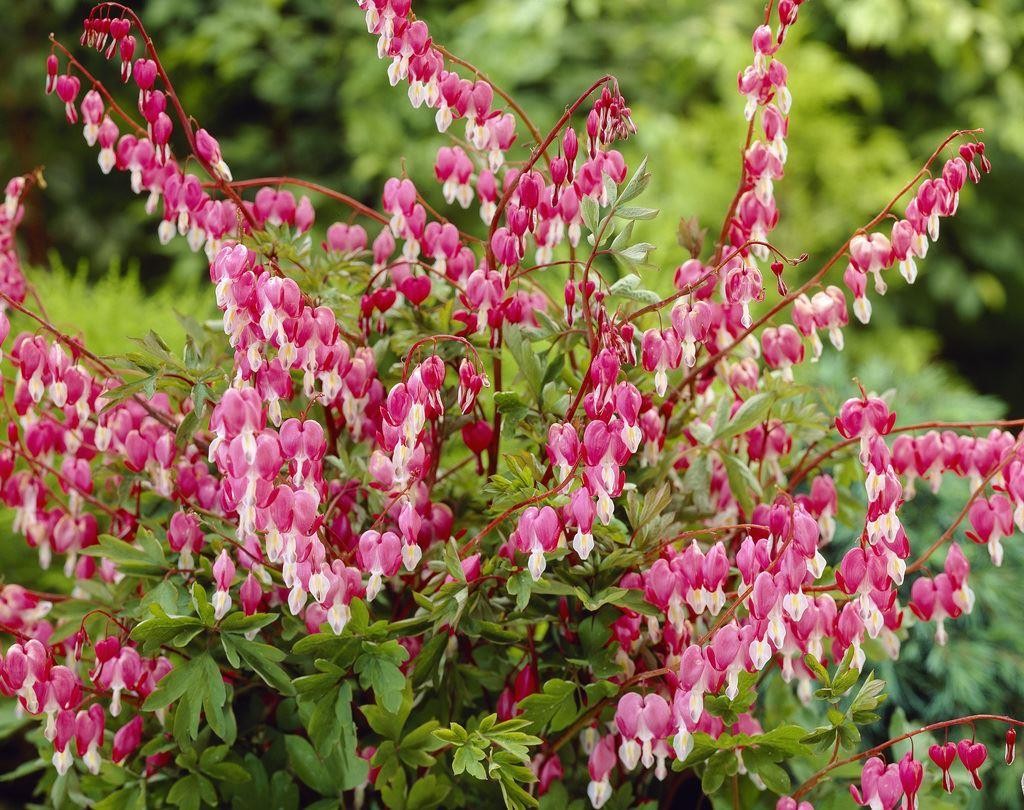
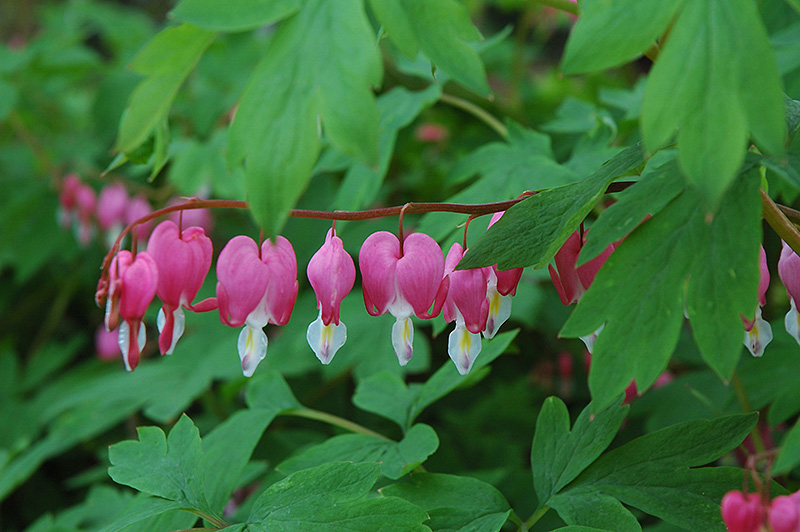
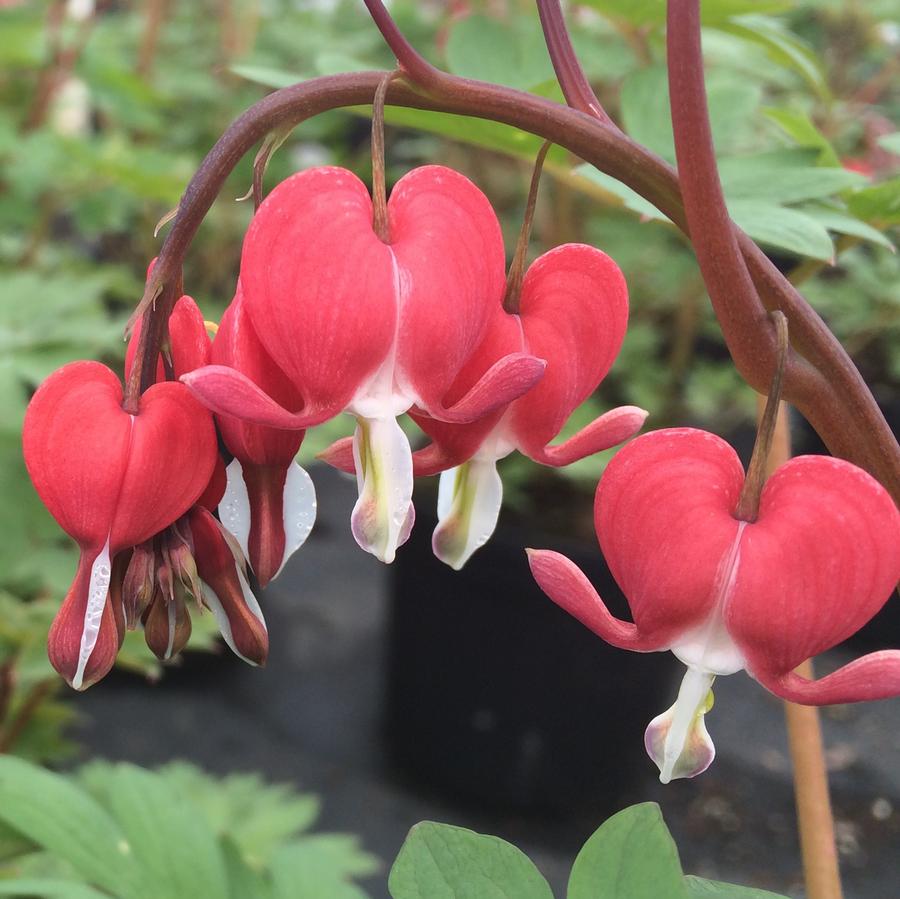
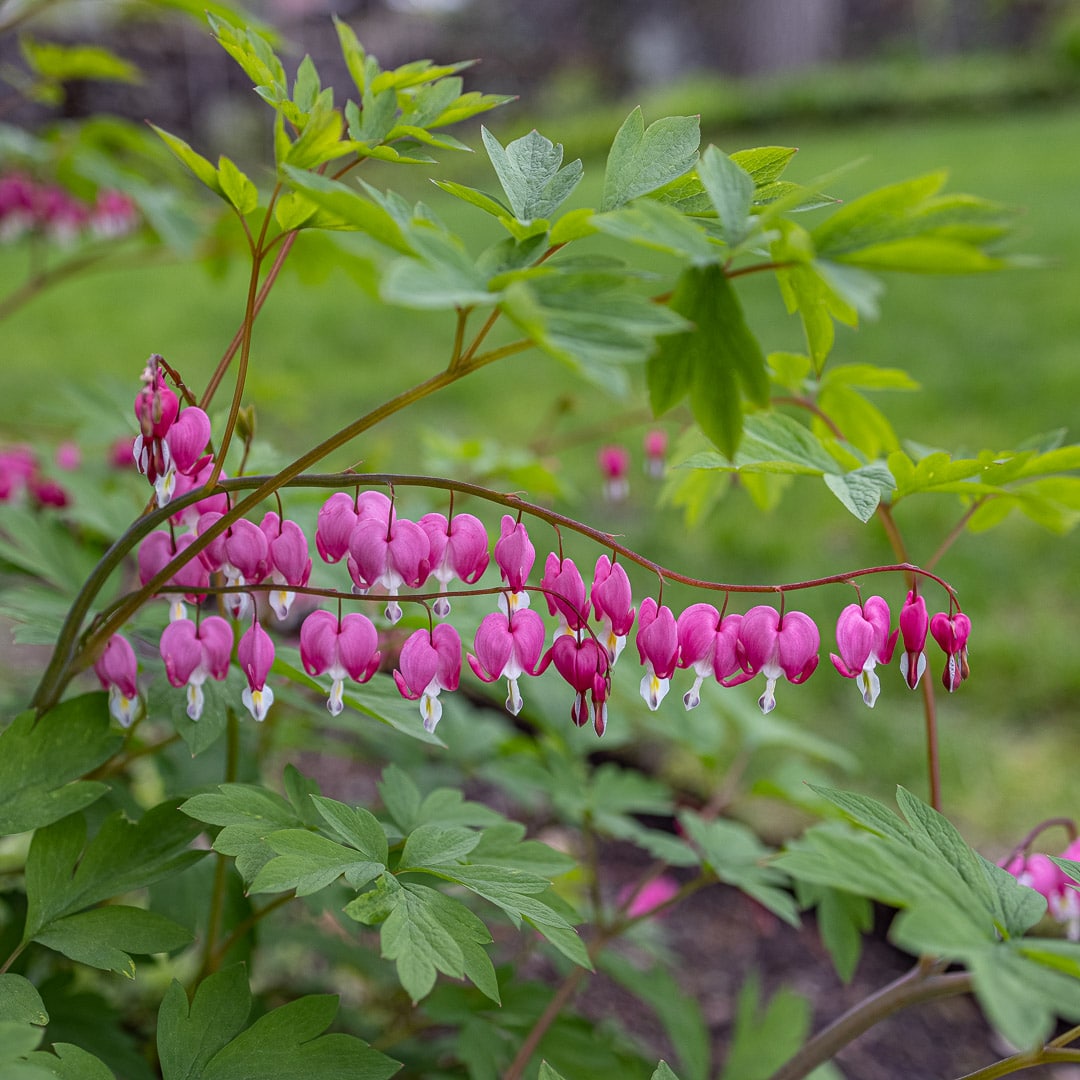

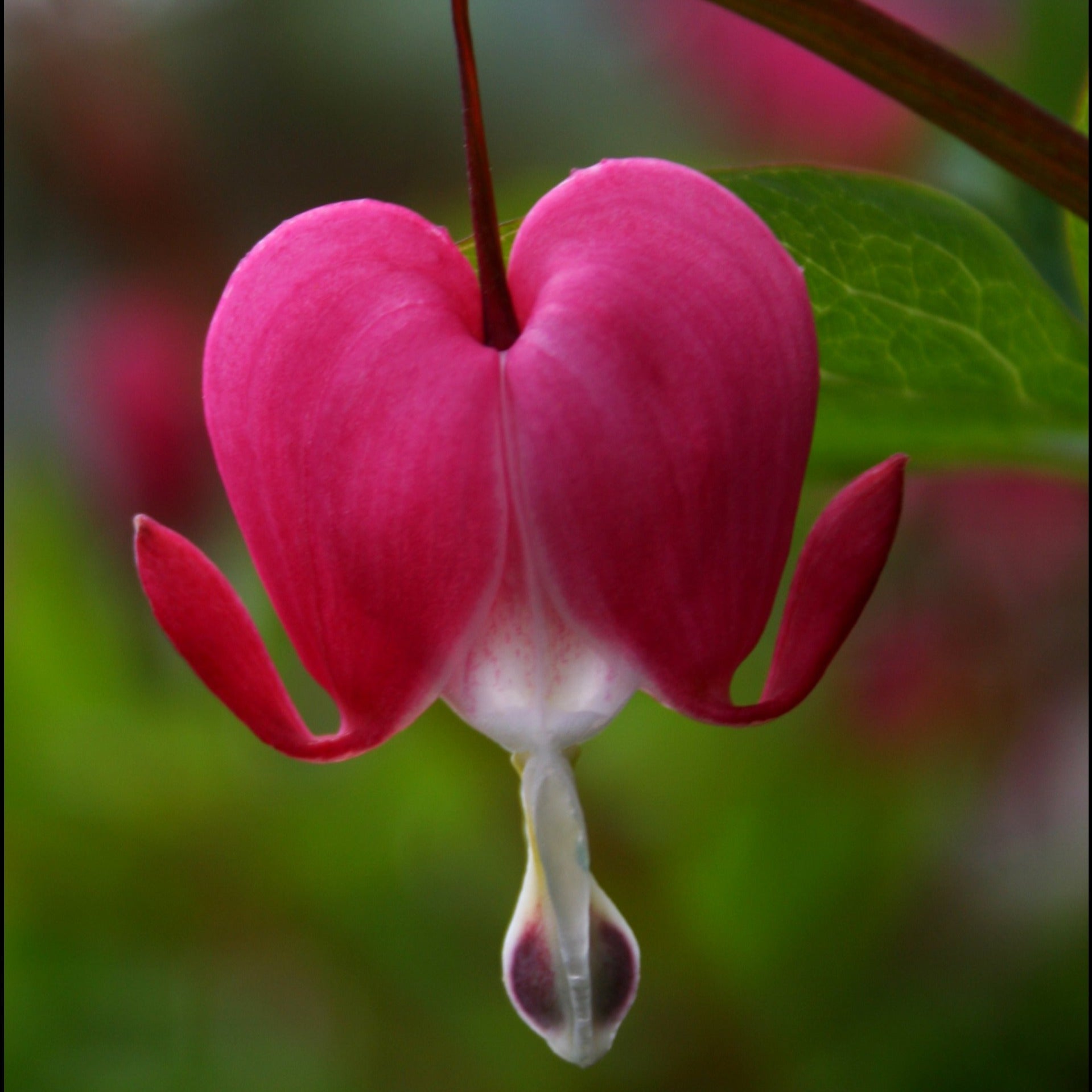
:max_bytes(150000):strip_icc()/bleedingheartsAmarRai-5c3b8c7446e0fb0001e5be6f.jpg)
/heart-shaped-bleeding-heart-flower-in-pink-and-white-color-585058300-13694a2d4c5e4cbdaeed6e4ea2cb0065.jpg)